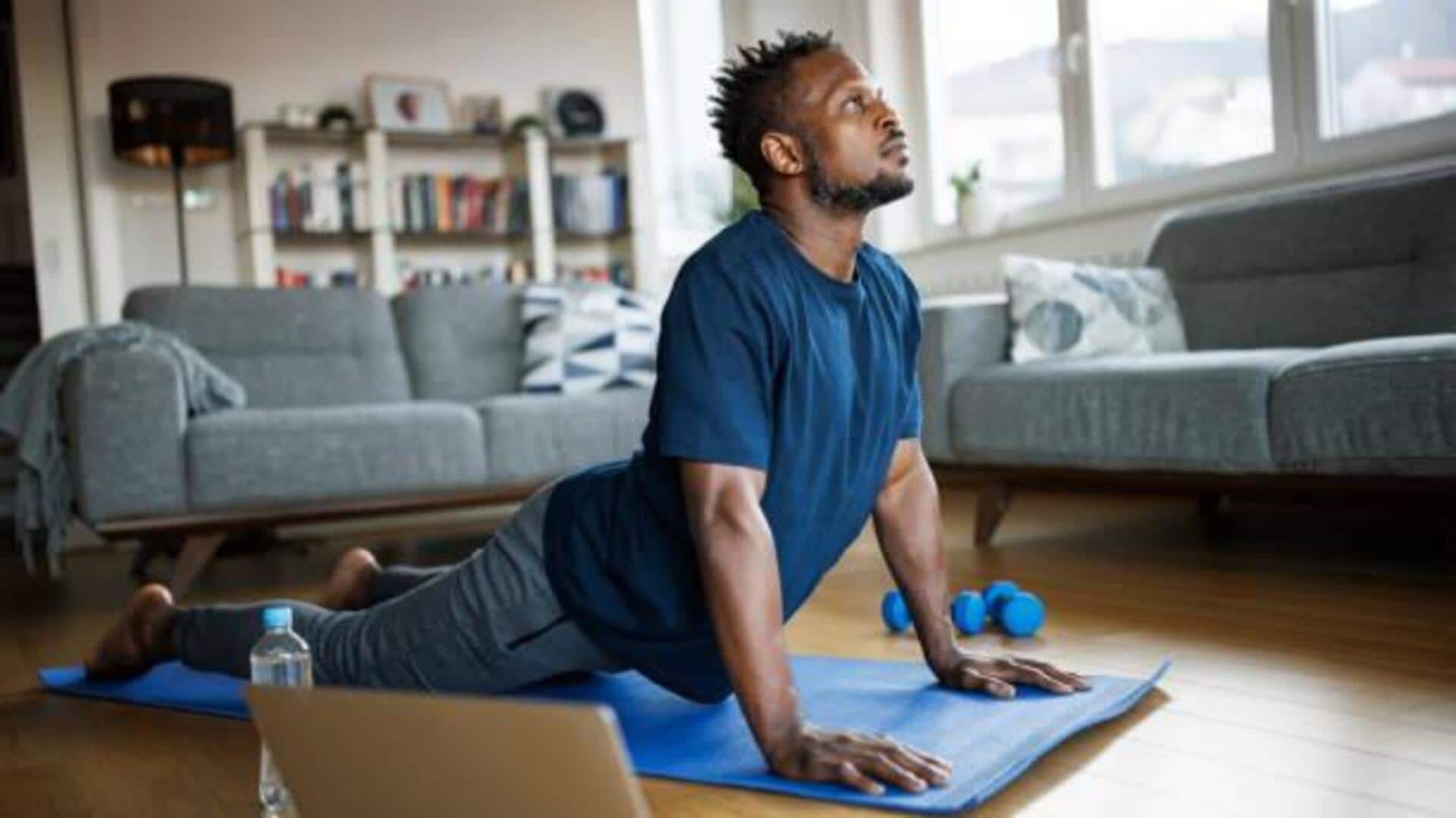
How to start a home workout routine
What's the story
Starting a home workout routine can be an effective way to boost your wellness without shelling out for expensive gym memberships. For beginners, however, it is essential to stick to sustainable practices that can be easily integrated into daily life. Not only does this promote physical health, but it also supports mental well-being. Here's how you can follow simple steps and maintain consistency to create a balanced workout regimen that fits your lifestyle/goals.
Drive 1
Set realistic goals
Setting achievable goals is essential to ensure that you stay motivated in a home workout regime. As a beginner, you should start with small, achievable objectives like exercising thrice a week or doing a 10-minute session every day. Once you gain confidence and fitness, you can modify these goals to include longer sessions or more difficult exercises. Tracking progress keeps you committed and gives you a sense of accomplishment.
Drive 2
Create a dedicated space
Having a dedicated workout space at home promotes consistency and concentration. It doesn't even have to be a big area; a tiny corner with sufficient space to move around will do. Keeping this area clean with essential workout gear like yoga mats or resistance bands ensures you're ready for every session. A dedicated space reduces distractions and helps making exercise a daily affair.
Drive 3
Incorporate variety in exercises
To keep boredom at bay and work different muscle groups, variety is key to workouts. As a beginner, you can try different kinds of exercises like yoga, pilates, bodyweight training, or cardio routines such as jumping jacks or jogging in place. Switching between these activities will keep your routine interesting while offering holistic fitness benefits, from strength building and flexibility to cardiovascular health.
Drive 4
Prioritize rest days
Rest days are an integral part of any workout plan. They give your body time to recover and prevent injury from overtraining. Beginners should aim for at least one rest day per week, when they can engage in light activities like walking or stretching instead of intense workouts. Listening to your body signals helps determine when additional rest might be needed, ensuring long-term sustainability of the exercise regimen.
Drive 5
Stay hydrated and nourished
Further, it is important to stay hydrated while working out as that keeps the body temperature in check and fatigue at bay. Staying hydrated by drinking water before, during, and after exercise keeps you performing at your best and helps you recover. Eating balanced meals that are rich in nutrients fuels your energy needs, pushing you towards your wellness goals in sustainable home routines.